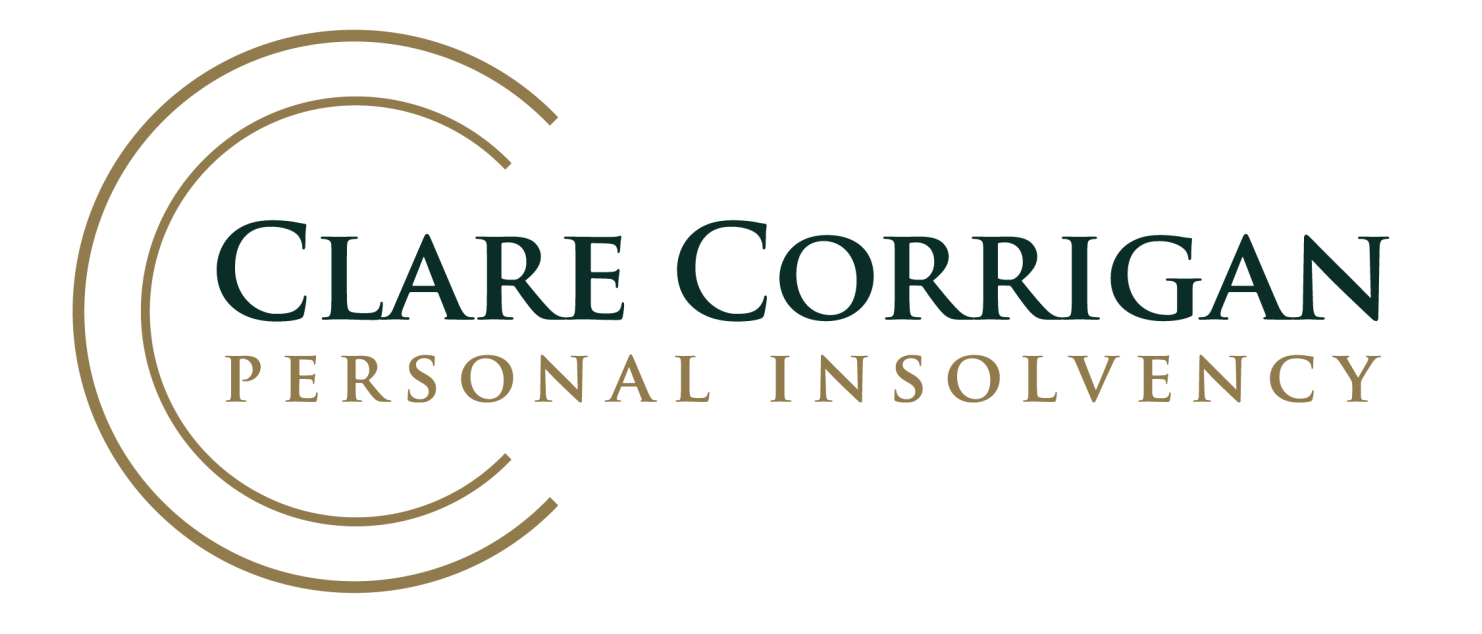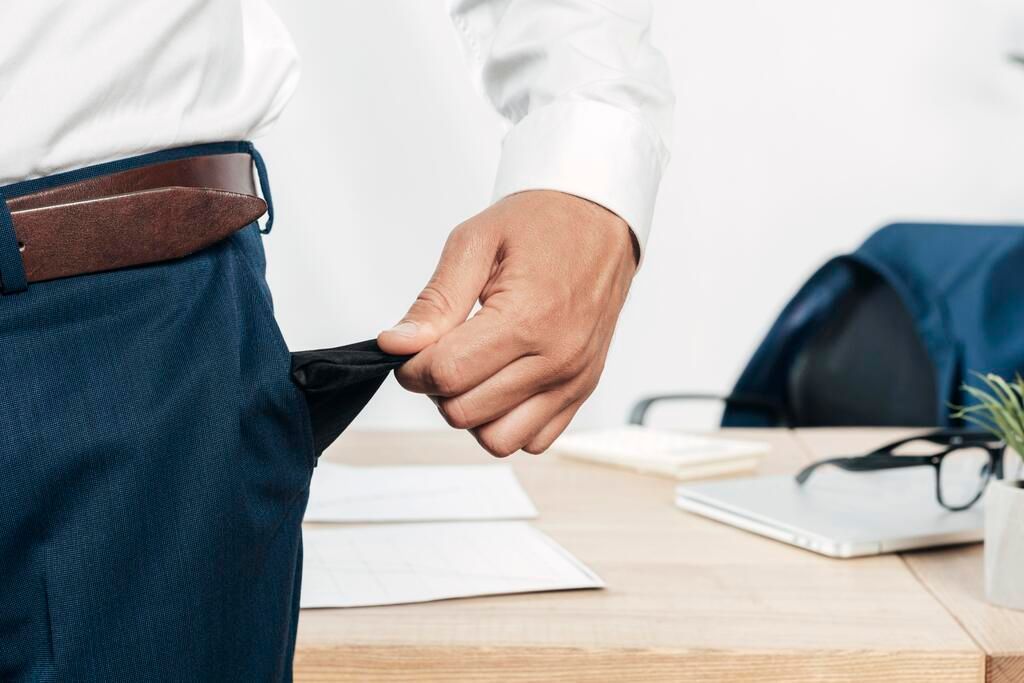What is involuntary bankruptcy?
If an individual cannot generate enough income – or cannot draw upon assets of enough value – to cover their debts, they are considered to be insolvent. They may then decide to declare themselves bankrupt, protecting themselves from unmanageable creditor demands while ensuring that these creditors recoup as much of their money as possible.
In this sense, bankruptcy has advantages for both debtors and creditors and is a legal move designed to bring about a more manageable and realistic situation for each party. Creditors cannot realistically expect those in debt to pay back money they do not have, while those in debt do have an obligation to meet repayment requirements as far as possible. Bankruptcy strikes a balance that seeks to meet both of these ends.
But what happens when someone does not declare bankruptcy themselves? What happens if creditors believe that debtors are not being wholly truthful about their net worth or are refusing to pay back money owed for some other reason? This is when involuntary bankruptcy comes into play.
Bankruptcy sequestration orders
With involuntary bankruptcy, it is not the person in debt who initiates the proceedings but the creditor. This typically occurs when the repayments are missed, the value of money owed exceeds $5,000, and the creditor applies to the court.
If the court decides that action needs to be taken in this instance, they may issue a bankruptcy notice. This basically means the court has declared the creditor bankrupt and an administrator will take over the handling of their assets. The notice is a form of sequestration order because the bankrupted creditor is 'sequestered' or excluded from certain capabilities, such as registering new businesses or applying for further credit.
What should you do if you are declared bankrupt?
Should you be declared bankrupt on an involuntary basis, you will still need to register your status with the Australian Financial Services Authority (AFSA). This registration can be carried out online but must be completed no more than 14 days after the day you were declared bankrupt. Delays in registration can result in penalties and will extend the total period of your bankruptcy.
At the very least, this period of bankruptcy will last for three years and one day after you have submitted your registration form. Even if you are able to repay all of the owed money within this three-year period, you will still need to see out the full term. The bankruptcy period may be extended in some cases, particularly if there are monies still outstanding that the administrators believe you are able to pay.
If you believe you have been wrongly declared bankrupt, you may issue a challenge via AFSA within 21 days of your notice. In some cases, AFSA may overturn their decision, although you will need to demonstrate why they should do this and it may be better for you simply to accept the bankruptcy notice. Whatever you do, do not ignore the notice – you will still be considered bankrupt, and your minimum term will not begin until you have submitted your registration form.
Experiencing Involuntary Bankruptcy? Speak to Clare Corrigan
Here at Clare Corrigan, we recognise how stressful and draining Involuntary Bankruptcy can be. If you are experiencing this, or if you are considering filing for bankruptcy, get in touch with our team. We will help you navigate the financial, legal, and personal aspects of this process.
Contact our team today on 1300 631 710











